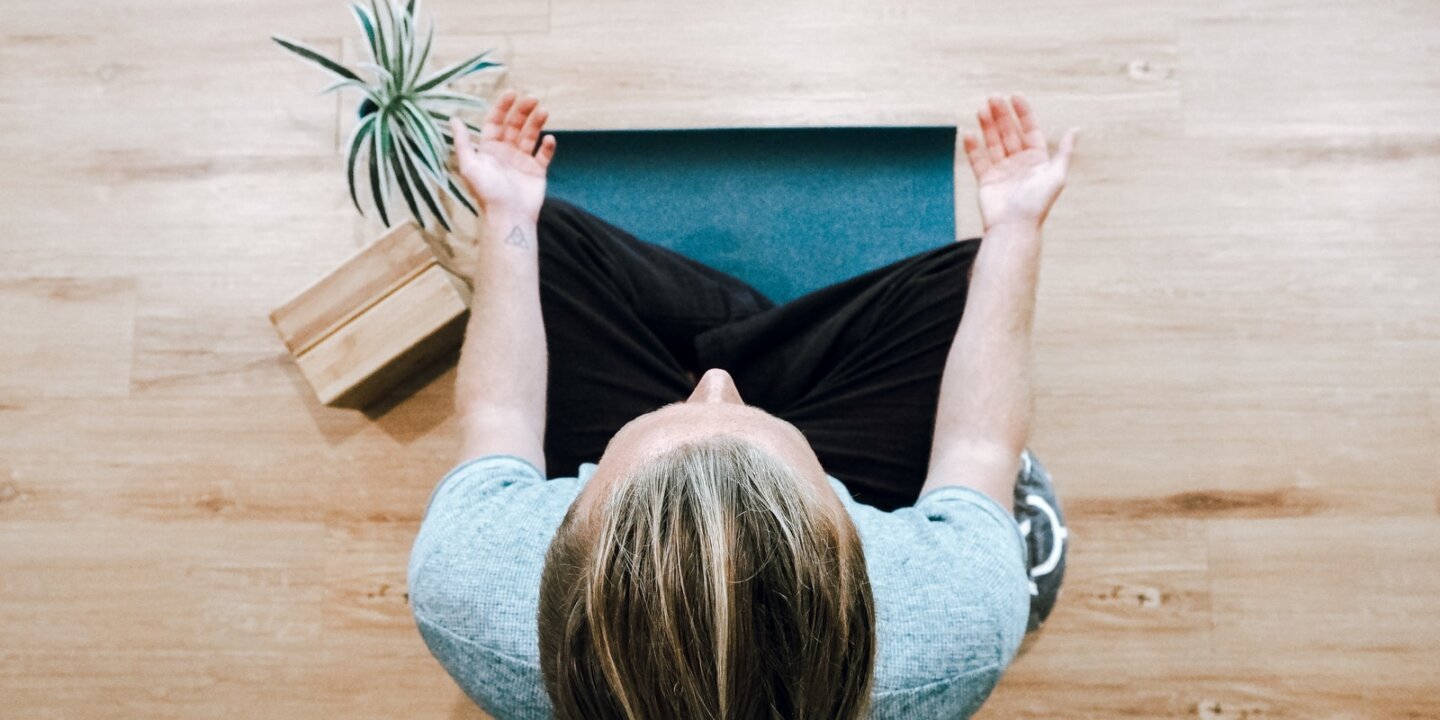
Today, mindfulness and meditation can be confusing as they are habitually used to mean the same thing. At the same time, not many are clear on what “mindfulness meditation” is and how it differs from mindfulness and meditation. My aim here is to offer a simple explanation of how mindfulness and meditation are similar yet separate practices. So here is my version;
Mindfulness is a simple act of paying attention, noticing, and being present in whatever you are doing. When you are being actively mindful, you will see the world around you and your movements, thoughts, behaviors, and feelings you have on others around you.
Mindfulness can be practiced anywhere, anytime, and with anyone by thoroughly engaging. Most of us go about our daily lives with our minds wandering from our actual activities into other wishes, desires, or thoughts. When you are mindful, you are actively involved with all your senses in the present moment, gently bringing yourself back to the task at hand instead of allowing your mind to meander.
You can practice mindfulness informally (anytime/ place) and formally (during meditation). While meditation is often practiced within a specific amount of time, mindfulness can be practiced or applied to any situation throughout the day.
It can be hard for the human mind to stay in the present moment. A study from Havard found that individuals spend at least 47% of their waking hours thinking about something other than what they are doing. This type of mindlessness is the custom, as the mind spends its time focused on the past, the future, or jumbling on what-ifs and should-haves. The same study found that allowing the mind to path on autopilot like this can make people unhappy- “a wandering mind is an unhappy mind” they say.
Meditation typically refers to formal, seated and meditation practice. There are many kinds of meditation- those that emphasize expanding your awareness, relaxing your mind, and opening your heart. Here are some examples of different types of meditation;
- Mantra based meditation
- Guided meditation
- Loving-kindness meditation
- Visualization meditation
- Breath awareness meditation
So meditation is an intentional practice where concentration enhances awareness, focus, calmness, emotional balance, and awareness. Seated meditation always begins with deep breathing in a more relaxing and more comfortable position, bringing all your awareness to your breath and knowingly guiding the mind towards a single point of focus. In meditation, you typically spend an anchored amount of time- anywhere for a minute to an hour tuned inward without distractions.
Health benefits of combining mindfulness and Meditation

If you simply want to learn how to be more mindful daily of reducing stress, plenty of evidence supports that harnessing your mind to be in the present can improve your physical and mental health.
One Study from Medical daily found that individuals who practice mindfulness had healthier glucose levels, suggesting that improved focus and self-control could help fight obesity and unhealthy eating habit. Mindfulness meditation improves sleep quality among the elderly who usually use pills. It has also been linked with reducing dependency n opioid drugs, enhancing focus and lowering depression and anxiety levels.

























